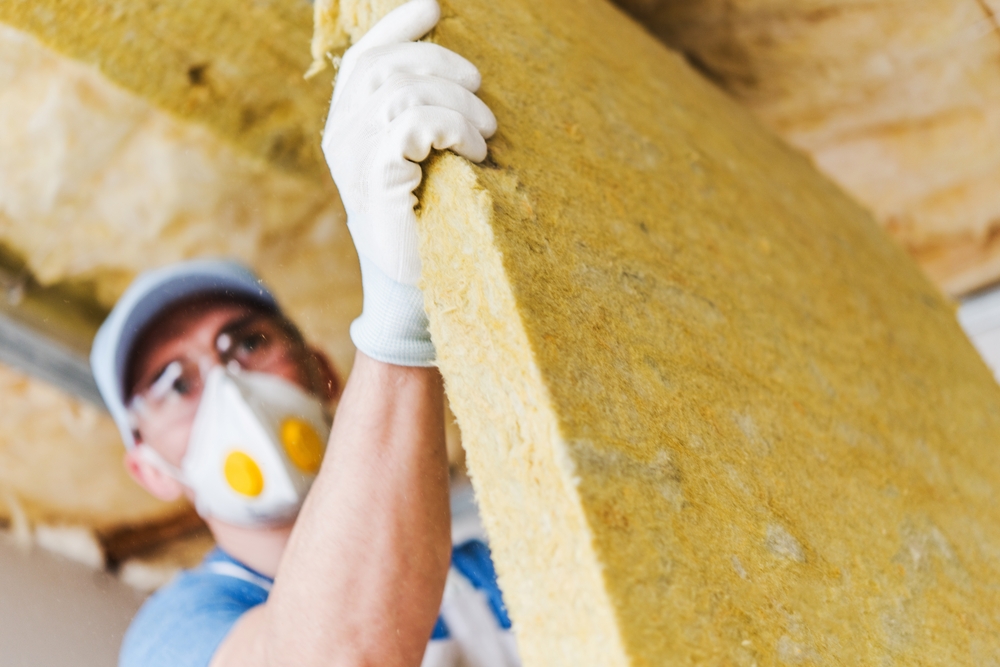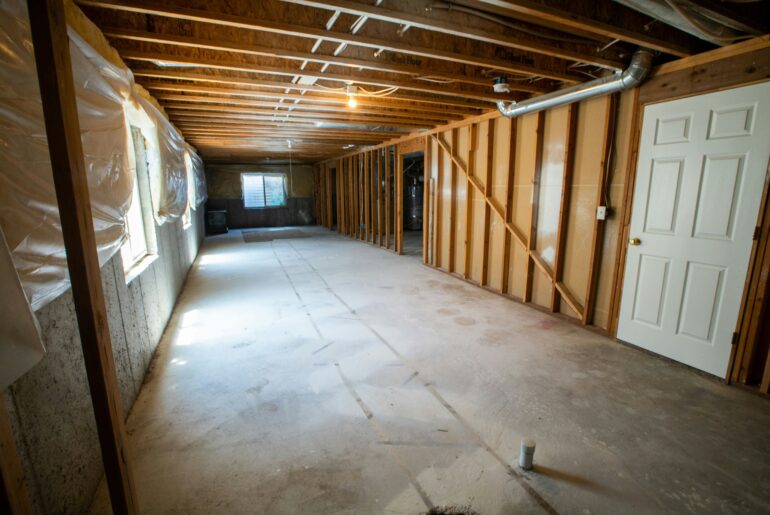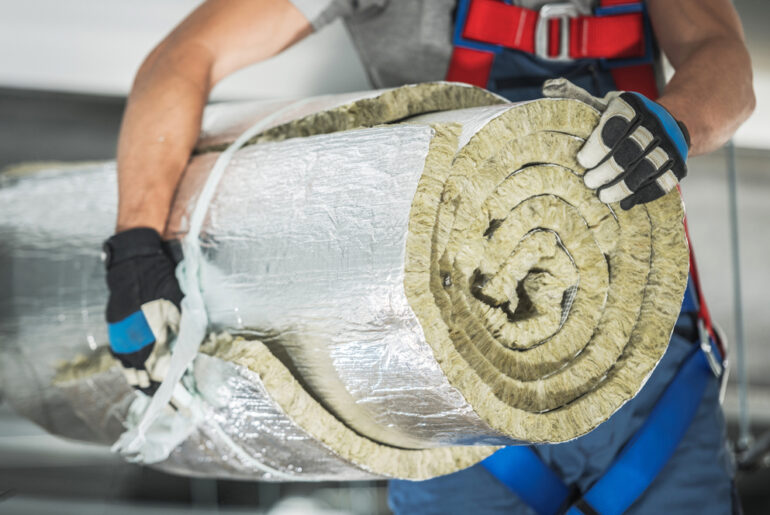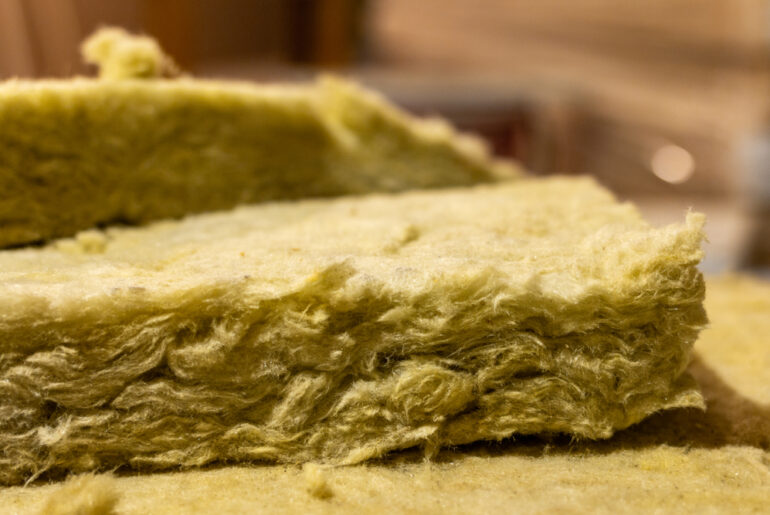The short answer is yes. You do need a vapor barrier with mineral wool insulation.
If you’re new to the world of insulation, you’d be confused about the ”facing” of insulation material. What does it mean if insulation is faced or unfaced? How does that affect its performance?
In this brief guide, we’ll answer these questions and further elaborate on why you need to install a vapor barrier with mineral wool insulation.
What Is a Vapor Barrier?
If you’ve ever been out and about shopping for insulation, you must have come across two terms: faced and unfaced. In insulation, ”facing” is the presence of a vapor barrier. A material that has a vapor barrier is faced, while one without it is unfaced.
A vapor barrier, as the name suggests, is a layer that resists the movement of water vapor. It is usually made of plastic or foil sheeting and is installed over the insulation material.
Why Install a Vapor Barrier?
Water vapor and moisture cause a host of problems in a building, such as mold growth, rotting of wood, structural disintegrity, peeling of wood, etc.
A vapor barrier prevents these issues by stopping water vapor from diffusing through the walls or ceiling and into the building. It also regulates the humidity levels, preventing condensation from forming on the walls and causing damage.
There are two ways you can install a vapor barrier in your home’s insulation:
- On Top: If you have existing insulation and you want to add a vapor barrier, you can do so by installing it on top of the insulation. The method is suitable for unfinished spaces like attics or basements.
- Pre-installed: Alternatively, you can buy ”faced” insulation that already has a vapor barrier attached. If you’re building a new house or renovating your existing one, faced insulation will save you the hassle of installing a separate vapor barrier.
Why Do You Need a Vapor Barrier With Mineral Wool Insulation?
There are two attributes of mineral wool insulation that mandate the use of a vapor barrier. First, it is unfaced. Second, it is vapor permeable.
The latter means that mineral wool allows the passage of water vapor. So, mineral wool will not stop moisture from traveling into the wall cavity.
What Type of Vapor Barrier Do You Need?
Vapor barriers can be made of different materials, such as:
- Polyethylene plastic sheeting
- Foil-faced insulation
- Vapor retardant coatings
You can apply these materials in three main methods: taping, fastening, or laying. Most people use a roller or a brush to apply the vapor-retardant paint, which is an easy and affordable option.
However, if you’re dealing with large areas, such as a basement or attic, you may want to use plastic sheeting or foil-faced insulation. These materials are more durable and can cover larger areas efficiently.
Is a Vapor Barrier Mandatory?
That depends on where you live. If your local area code requires vapor barriers, then yes, it is mandatory.
You do not have to install a vapor barrier if the building regulations in your region do not deem it necessary. However, most experts would still suggest using a vapor barrier to prevent any potential moisture issues in the future.
A vapor barrier becomes even more important if you’re building an interior environment with a high moisture content, such as a carwash or a pool.
Alternatives to Vapor Barriers
If you’re not a fan of using vapor barriers, there are alternative solutions to consider.
One option is to use an air barrier system. In this approach, you seal all potential points where moisture could enter the building envelope, such as cracks and openings around doors and windows.
Another option is to use a combination of materials, such as a vapor barrier along with insulation that has built-in moisture control properties. It’s a bit expensive, though.
But at the end of the day, the best solution for your building would depend on factors like climate, building materials, building codes, and budget. It’s always a good idea to consult with a professional before making such decisions.





